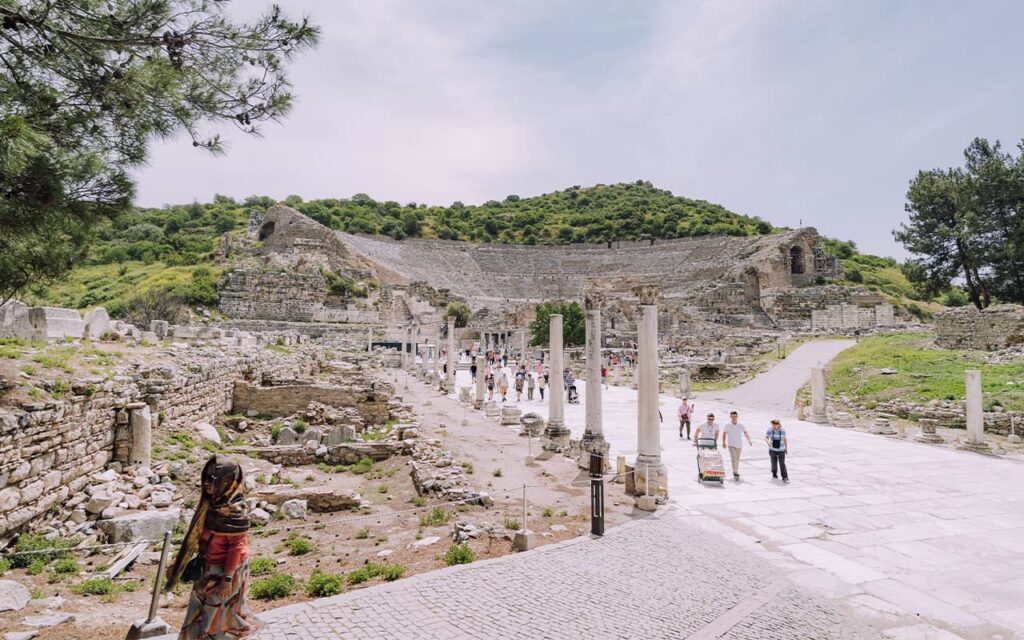As follows from the above definitions, archaeology studies the past of man. And it does not matter where this person lived – in America, Africa or Europe. Archaeology is interested in life in all countries and on all continents.
As for the chronological boundaries beyond which archaeology ends and history proper begins, they are rather conventional. Scientists are generally guided by the following principle. It is reasonable to use the methods of archaeology in cases where there are no written sources or they are insufficient to reconstruct the picture of events. To a greater extent, this applies to the prehistoric and protohistoric period.
However, even in the case of new and recent history as reflected in documents and testimonies, archaeology can be of invaluable help. Archaeological facts are very often another piece of evidence to complete the picture of what happened.
Field research includes reconnaissance, description and study of historical monuments. All of these activities can be accomplished in two ways. An archaeological monument can be excavated, taken out of the ground. Or it can be explored using non-invasive methods. For example, with a scanner or a mass spectrometer.
Classifications help organize archaeological material and identify and examine types of ancient things. Types of archaeological material are: buildings, funerary structures, funeral rites, etc. The type in scientific knowledge is defined by its inherent stable and essential features. It is these signs allow to refer a certain construction found on the excavation, either to a sanctuary or to a dwelling, i.e. to typologize it.
And also classifications and typologizations allow us to trace how this or that object changed over time, as well as how it looks like in different peoples.
Thanks to the typological method, archaeology can investigate and study such an important and interesting phenomenon as “archaeological culture”.
Archaeological culture is a set of archaeological monuments united by the same territory and time frame, as well as similar types of material sources (ceramics, dwellings, burial grounds). Archaeological culture is a peculiar reflection of historical and ethnic community.
The Zarubinets tribes were characterized by hill forts, which they located on the right bank of the Dnieper, and lowland settlements. People belonging to this culture built half-huts. The walls were made of poles stuck in the ground, which were braided with vines and covered with clay. Then the walls were whitewashed.
Cabin methods also include:
- traceology – determining the purpose of things found during excavations;
- study of the ways in which things were produced;
- spore-dust analysis, which reconstructs the natural conditions in which ancient communities lived.
Among other things, archaeology also deals with the dating of found objects. The age of finds is established in different ways. For example, by studying the cultural layer in which the object was found, or by comparing it with other similar objects. Relatively new methods, but already proven to be reliable, can be considered dendrochronological (determining the age by the thickness of the tree trunk), radiocarbon, genetic.
